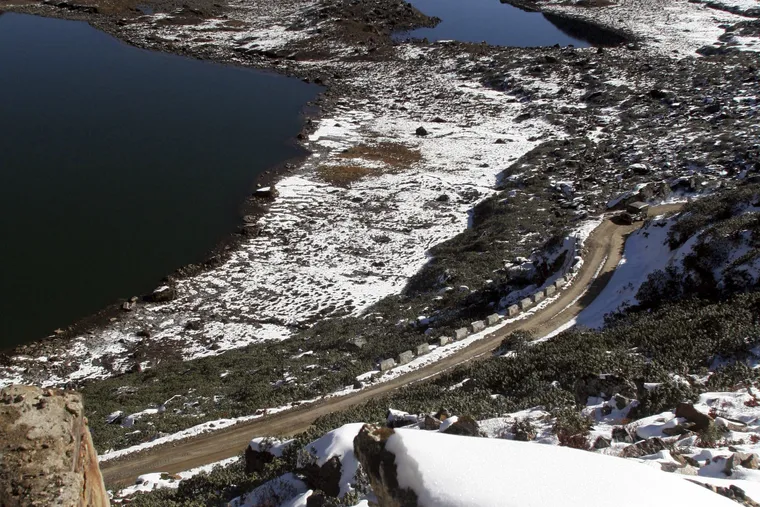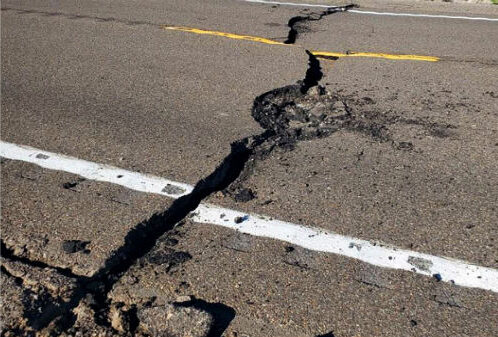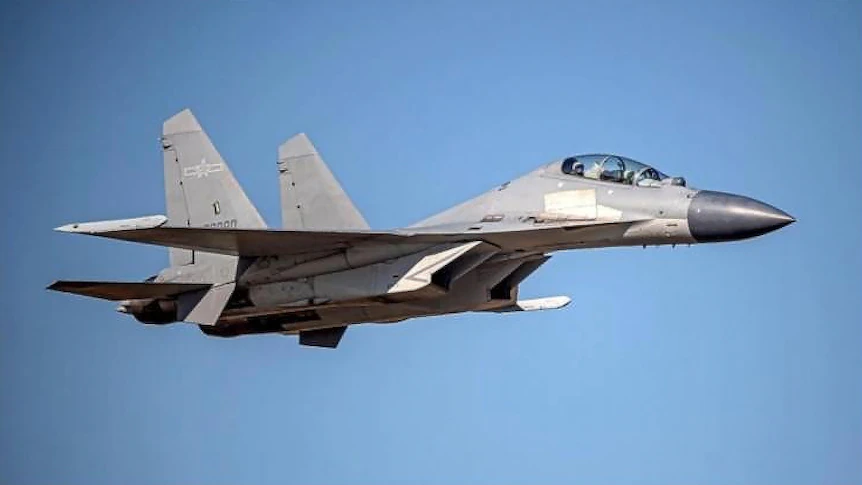
Soldiers from India and China clashed this week along their disputed border, according to India’s defence minister, in the latest violence along the disputed border since a deadly skirmish in June 2020.
According to Rajnath Singh, who addressed members in parliament on Friday, the encounter began when Chinese troops “encroached into Indian territory” and “unilaterally tried to change the status quo” along the disputed border near Yangtze.
According to Singh, no Indian soldiers were critically injured, and forces from both sides quickly withdrew from the area.
Singh stated that local military commanders met on Sunday to discuss the disagreement and that the Indian government communicated with China via diplomatic channels. The Chinese side made no quick comment.
According to an Indian Army statement issued on Monday, troops from both sides suffered minor casualties during the Friday skirmish.
For decades, India and China have fought over the Line of Actual Control, a shaky line that divides Chinese and Indian-held territory from Ladakh in the west to India’s eastern state of Arunachal Pradesh, which China claims in its entirety.
In 1962, India and China fought a border conflict.
Soldiers from both sides have patrolled regions around the disputed boundary in recent years.
Opposing soldiers frequently collide, and both Asian behemoths have accused each other of deploying troops into each other’s land.
A battle in the Karakoram mountains in Ladakh’s Galwan Valley in June 2020 caused tensions as soldiers fought with stones, fists, and clubs. At least 20 Indian soldiers and four Chinese soldiers were killed.
Both countries stationed tens of thousands of troops along their de facto border, backed up by artillery, tanks, and fighter jets.
Following repeated consultations between military leaders, some Indian and Chinese soldiers have withdrawn from a flashpoint in Ladakh, but tensions between the two Asian superpowers linger.
Manoj Pande, India’s army chief, stated in November that there had been “no significant reduction” in Chinese force presence in Ladakh. The border situation, he said, was “stable but unpredictable.”





